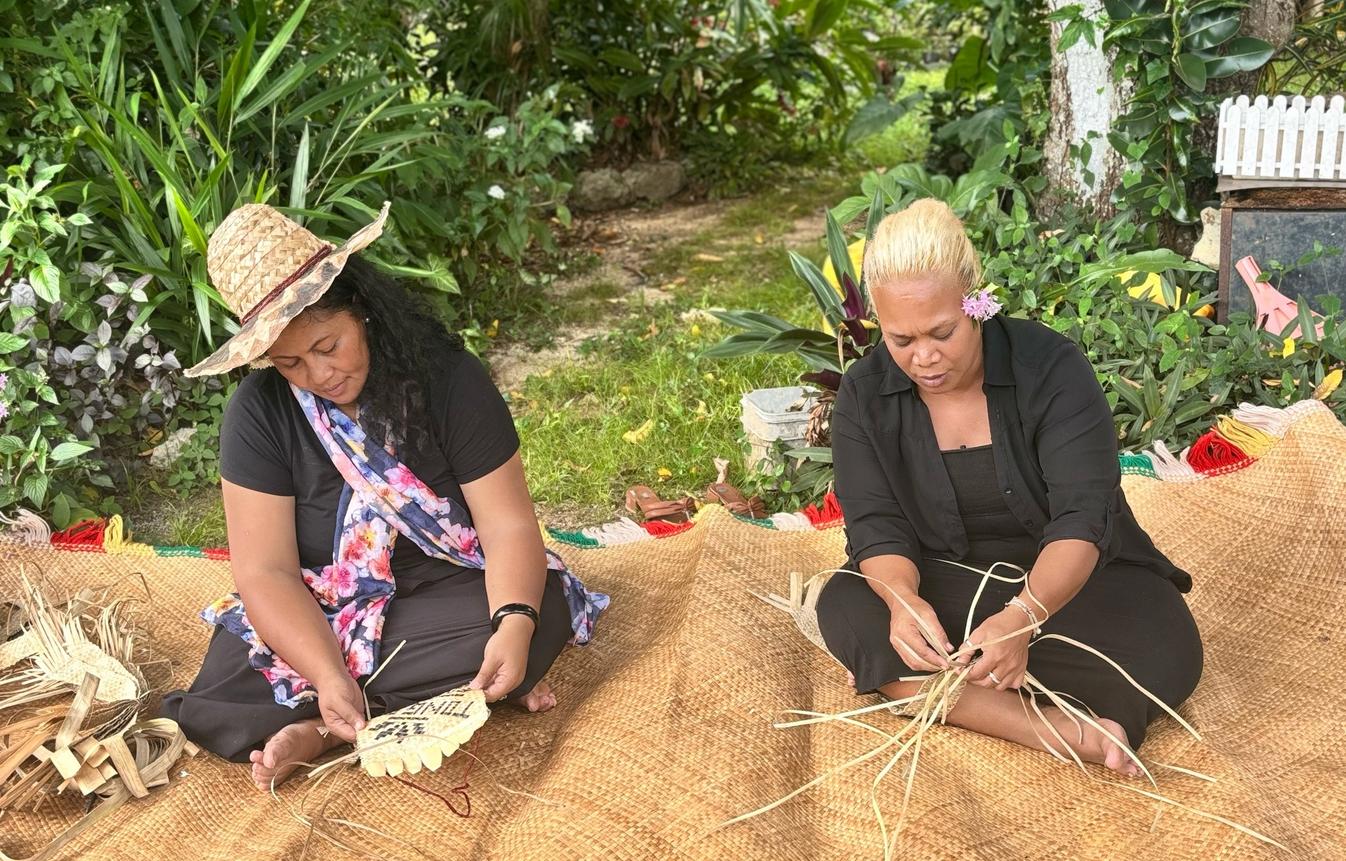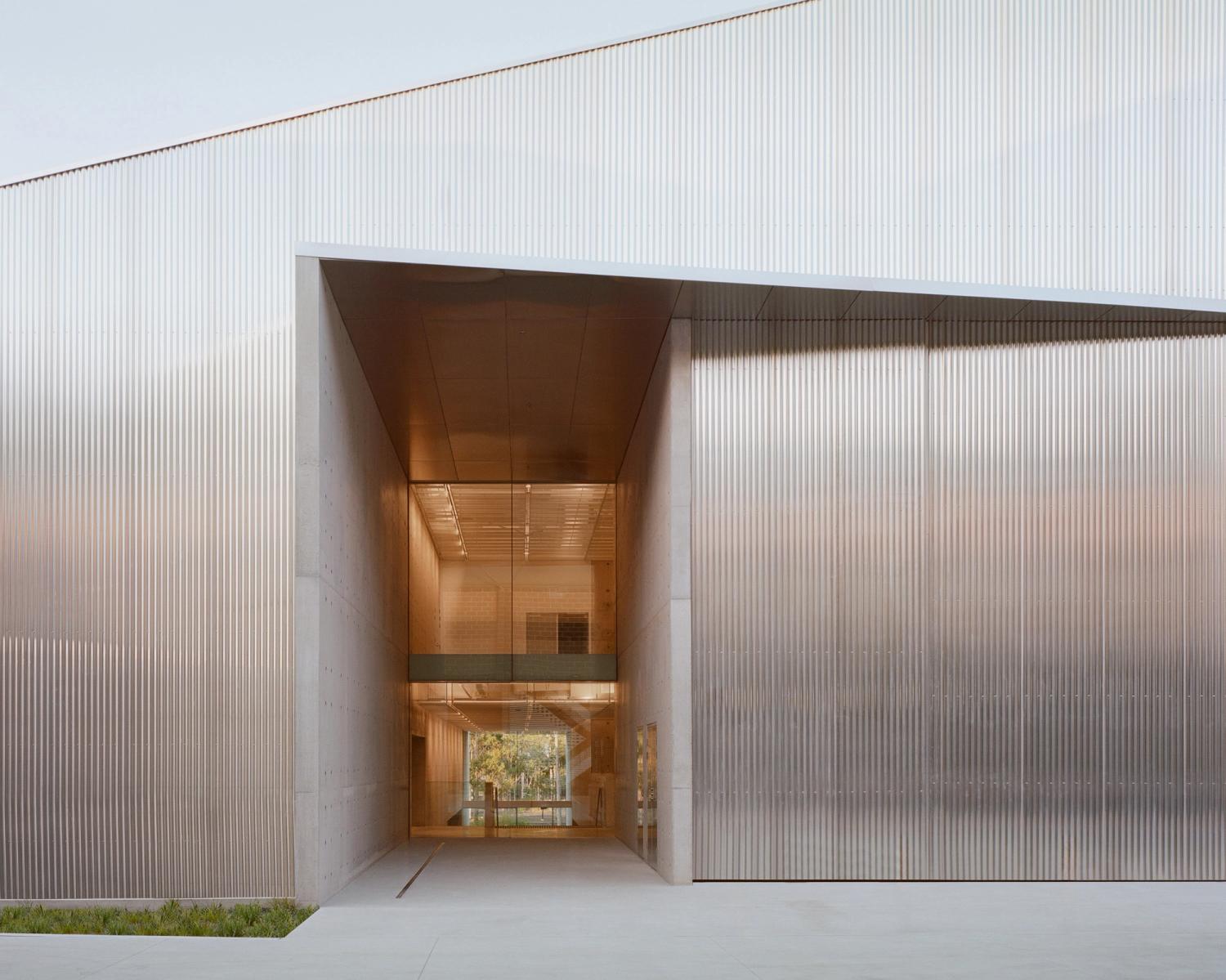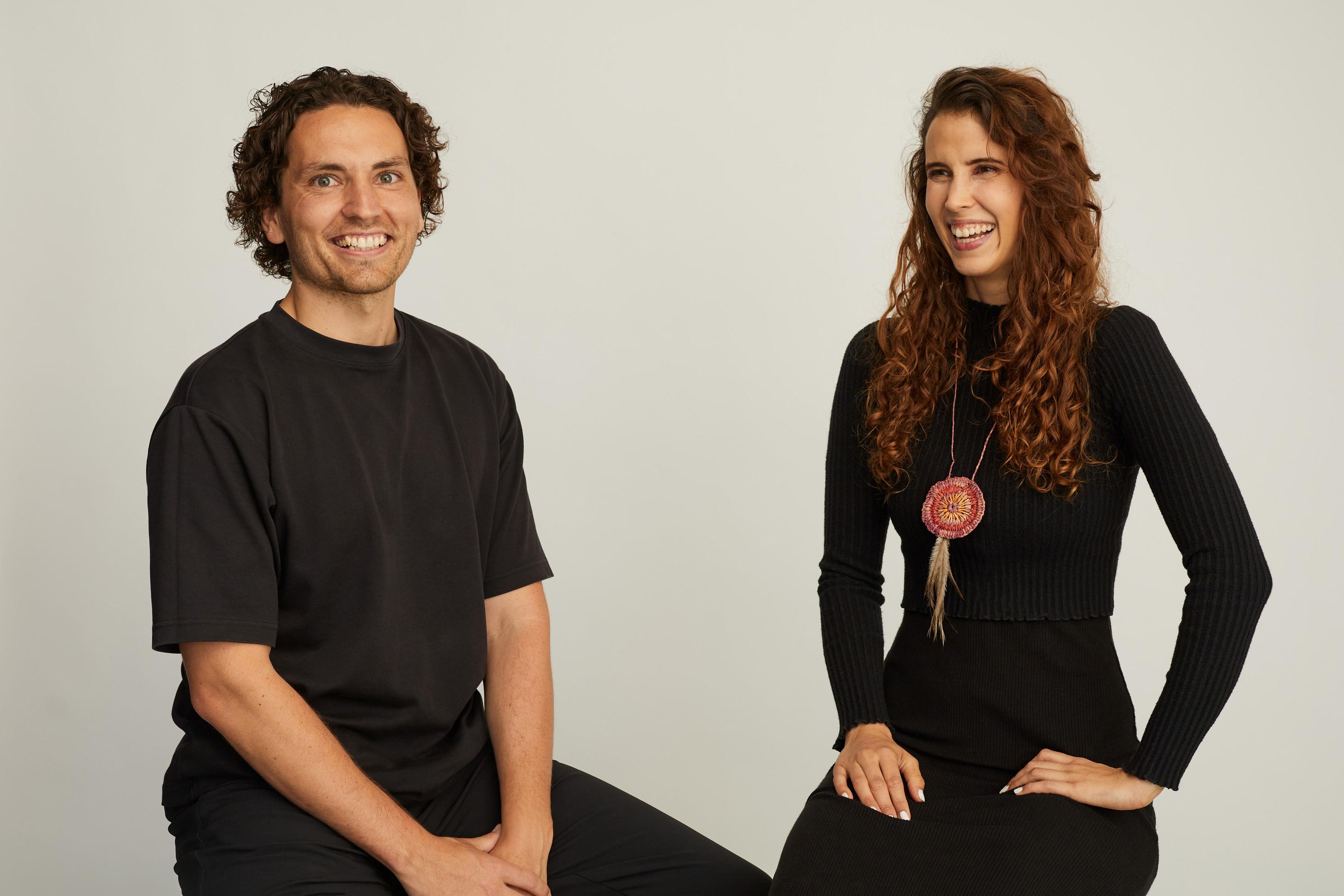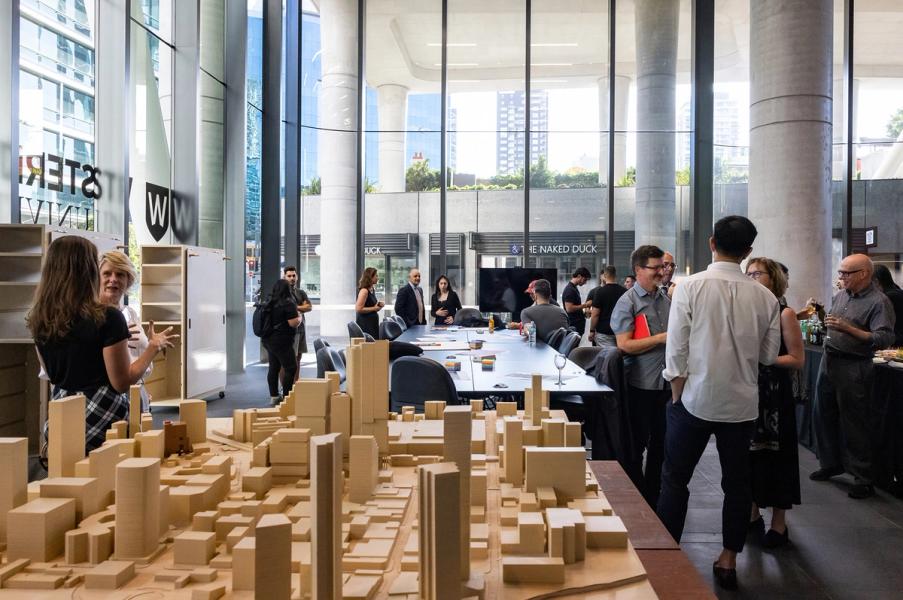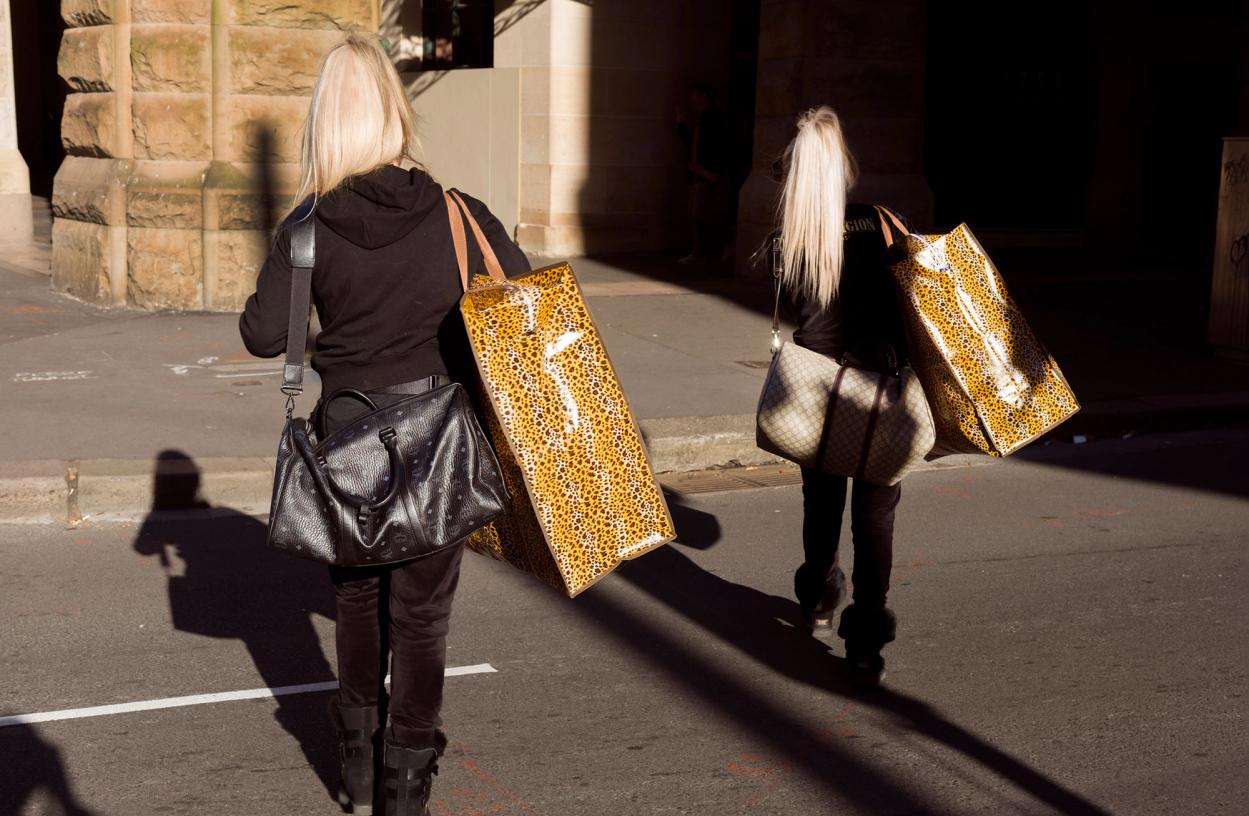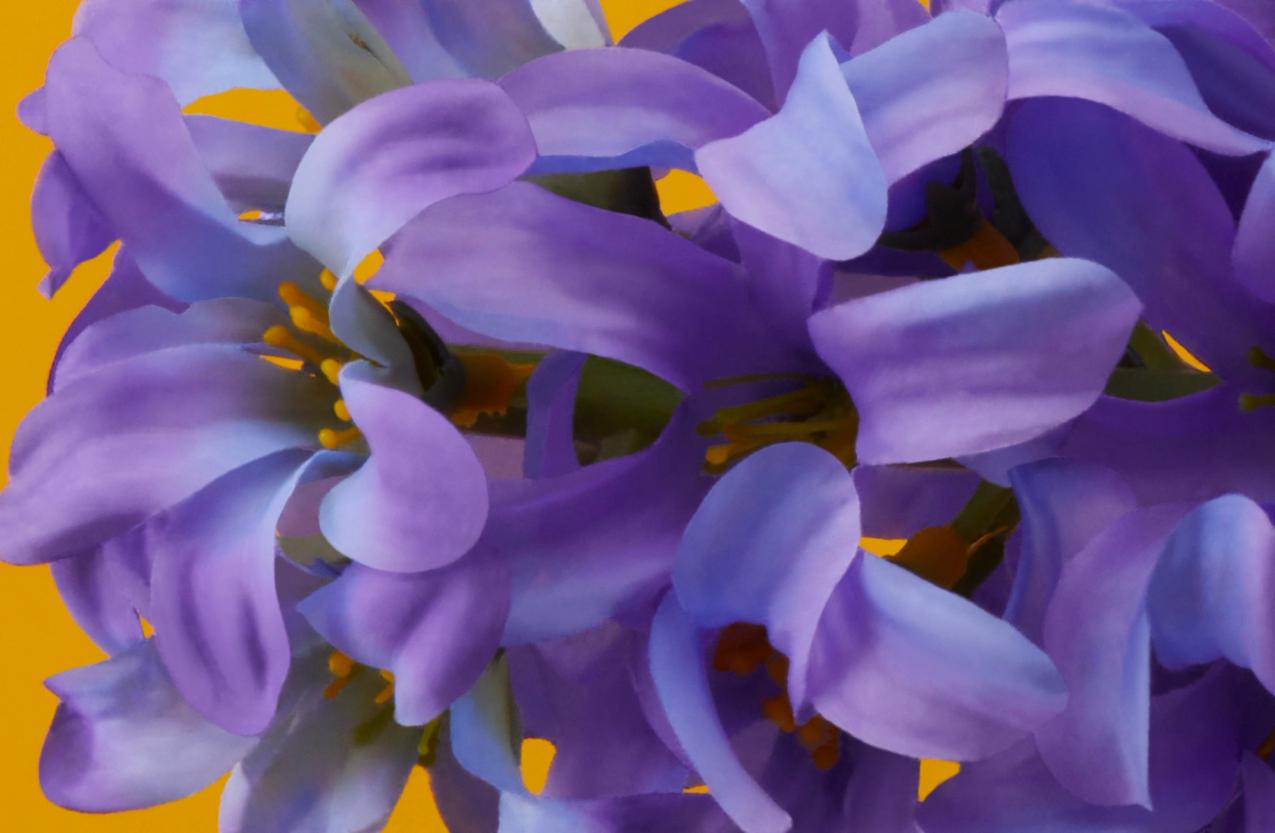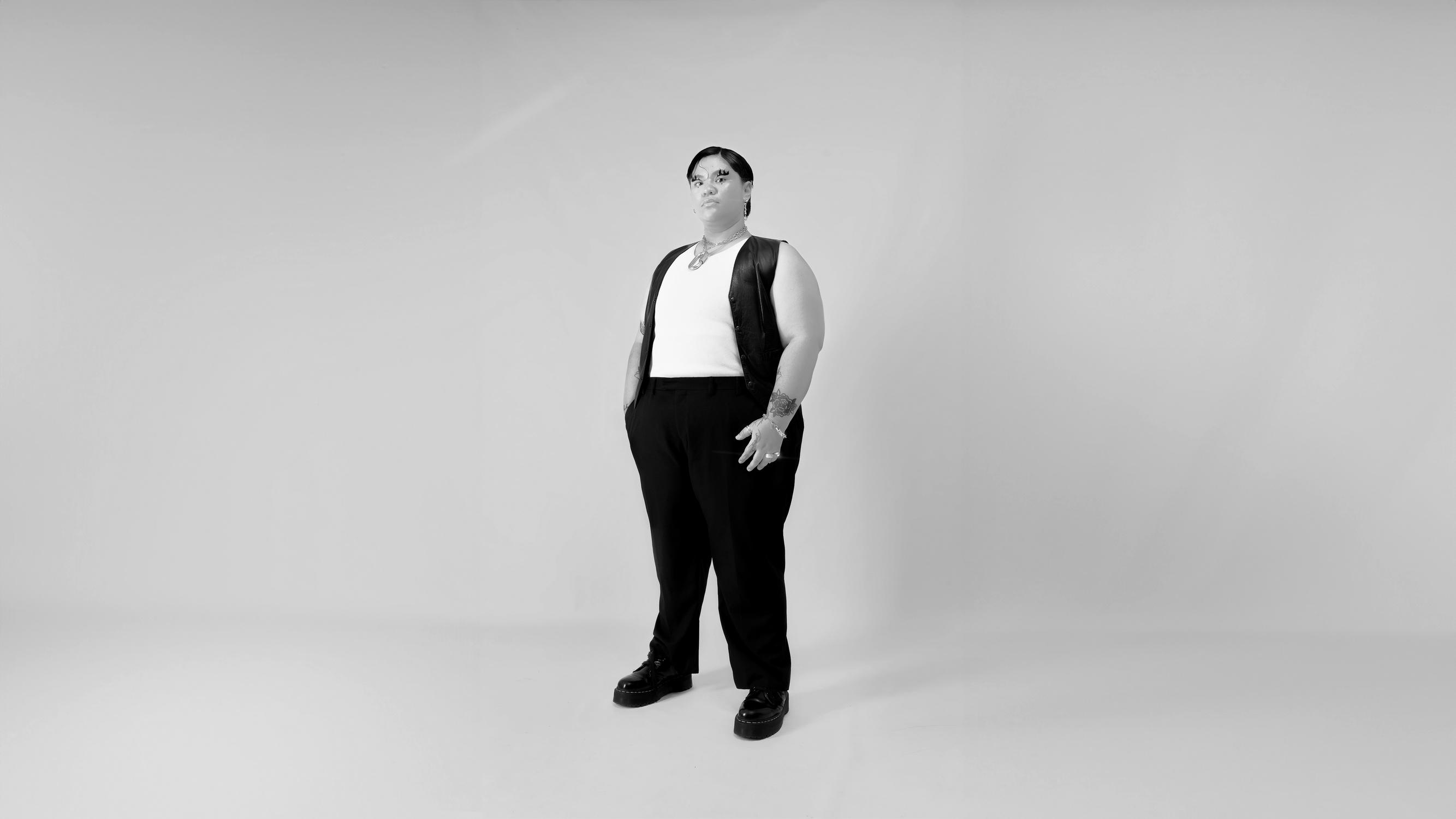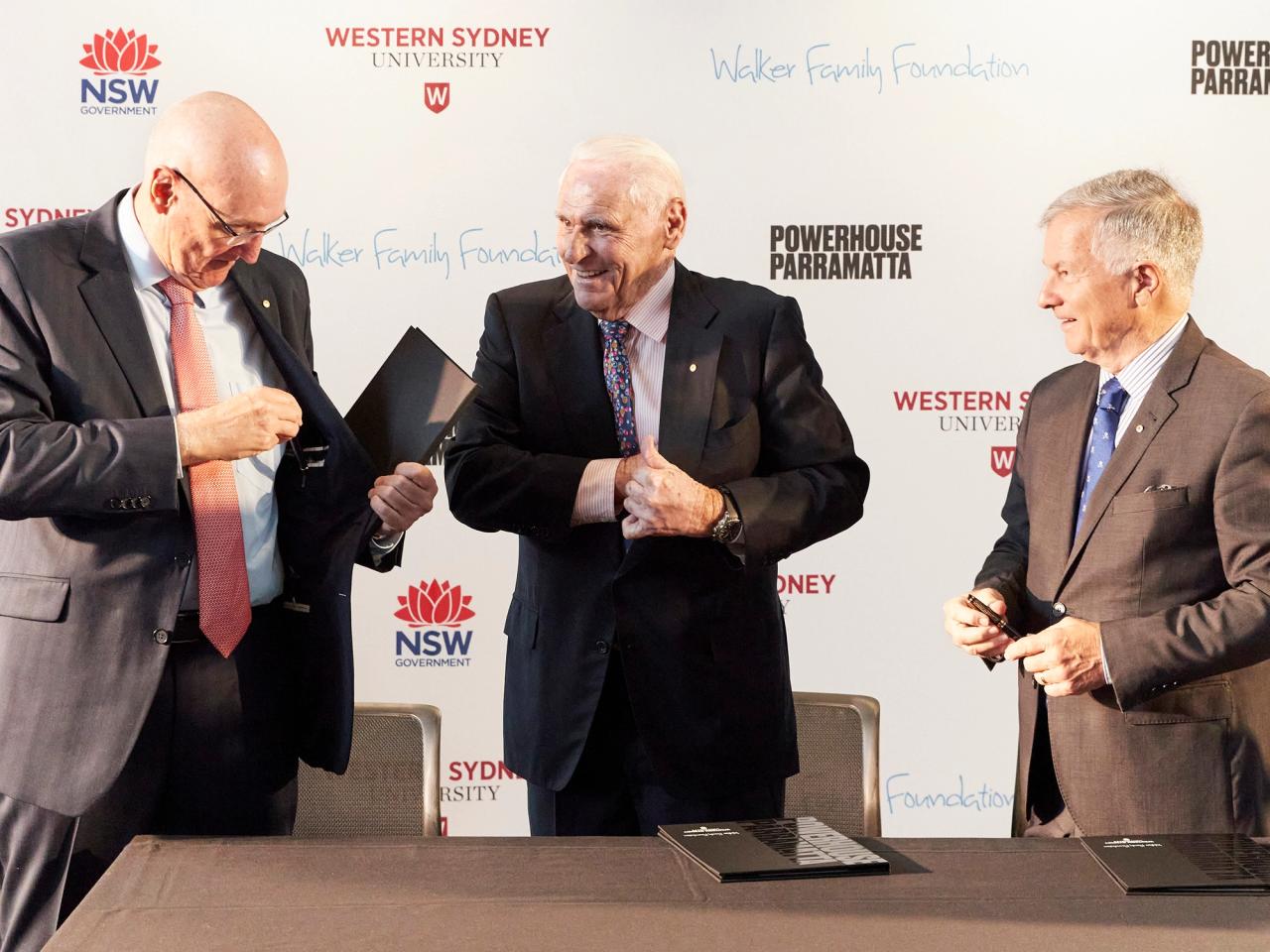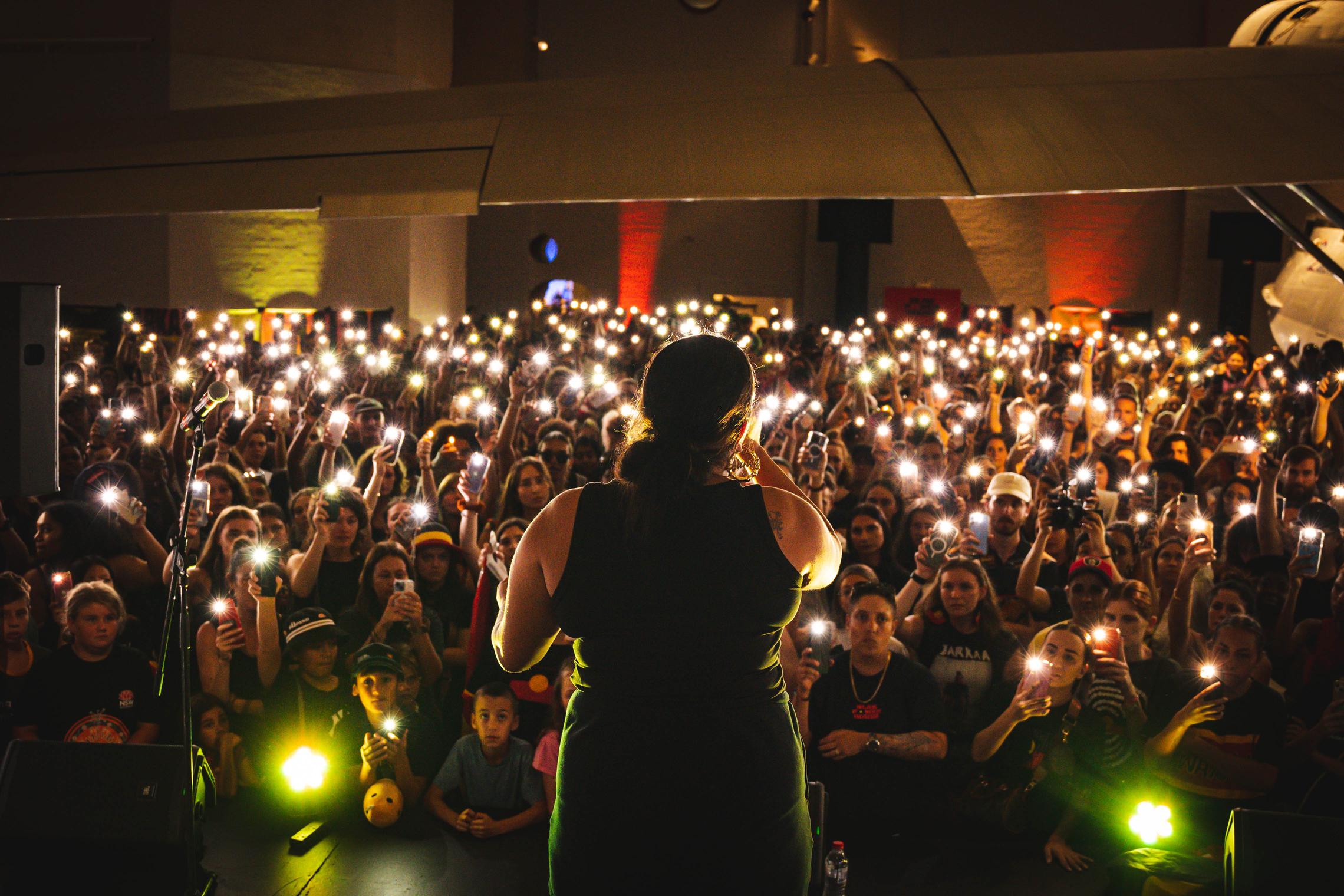Media
Contact our team:
media@powerhouse.com.au
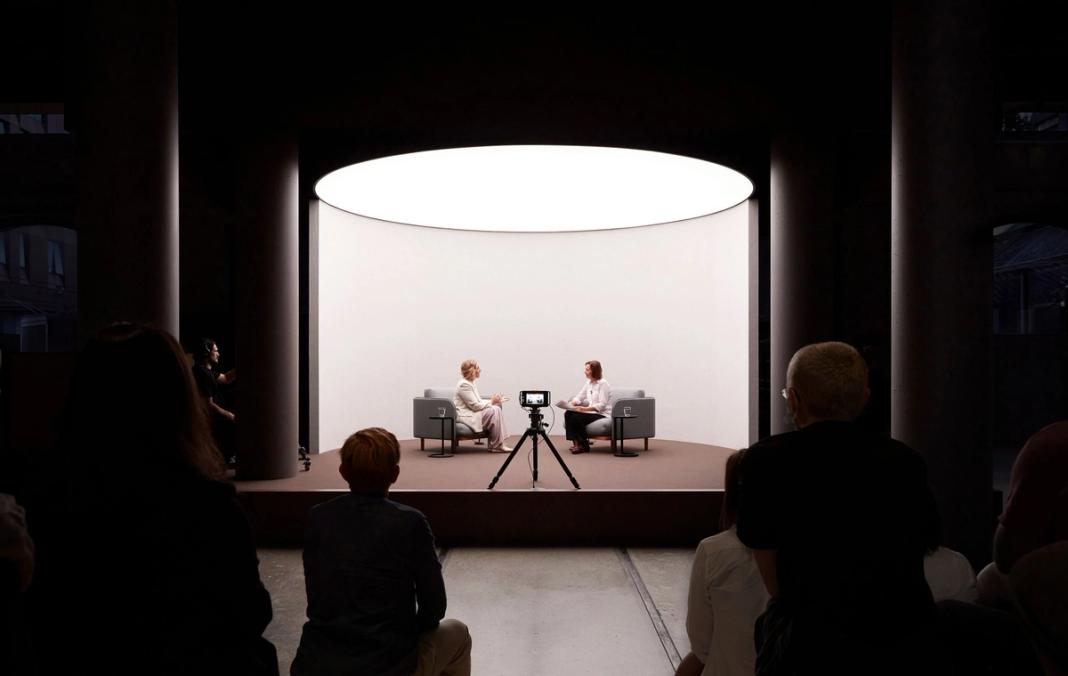
Media Releases

Major New Commission announced for Opening of Powerhouse Parramatta by Award-Winning Jin Wu Koon
21 February 2024
View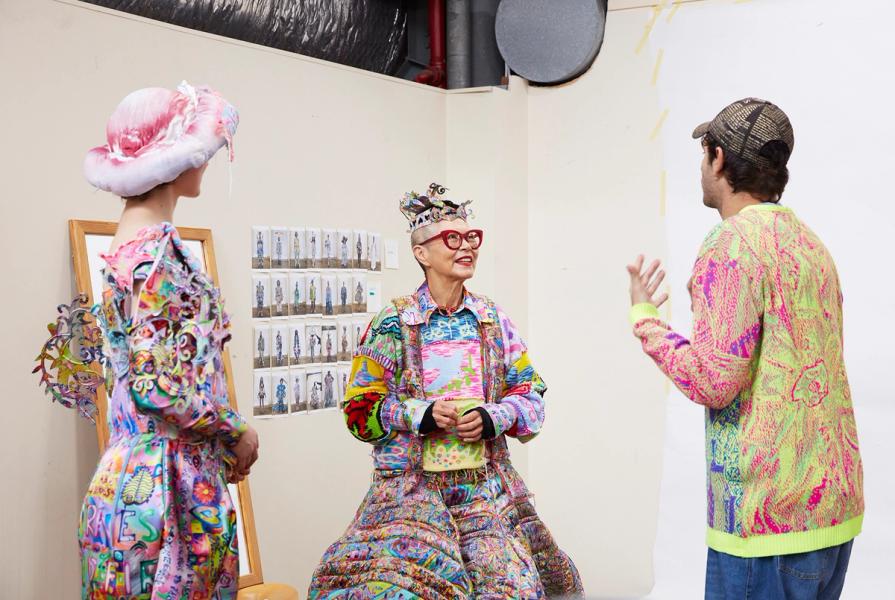
New Opportunities: Powerhouse Residency Program and Powerhouse Associates Program
19 February 2024
View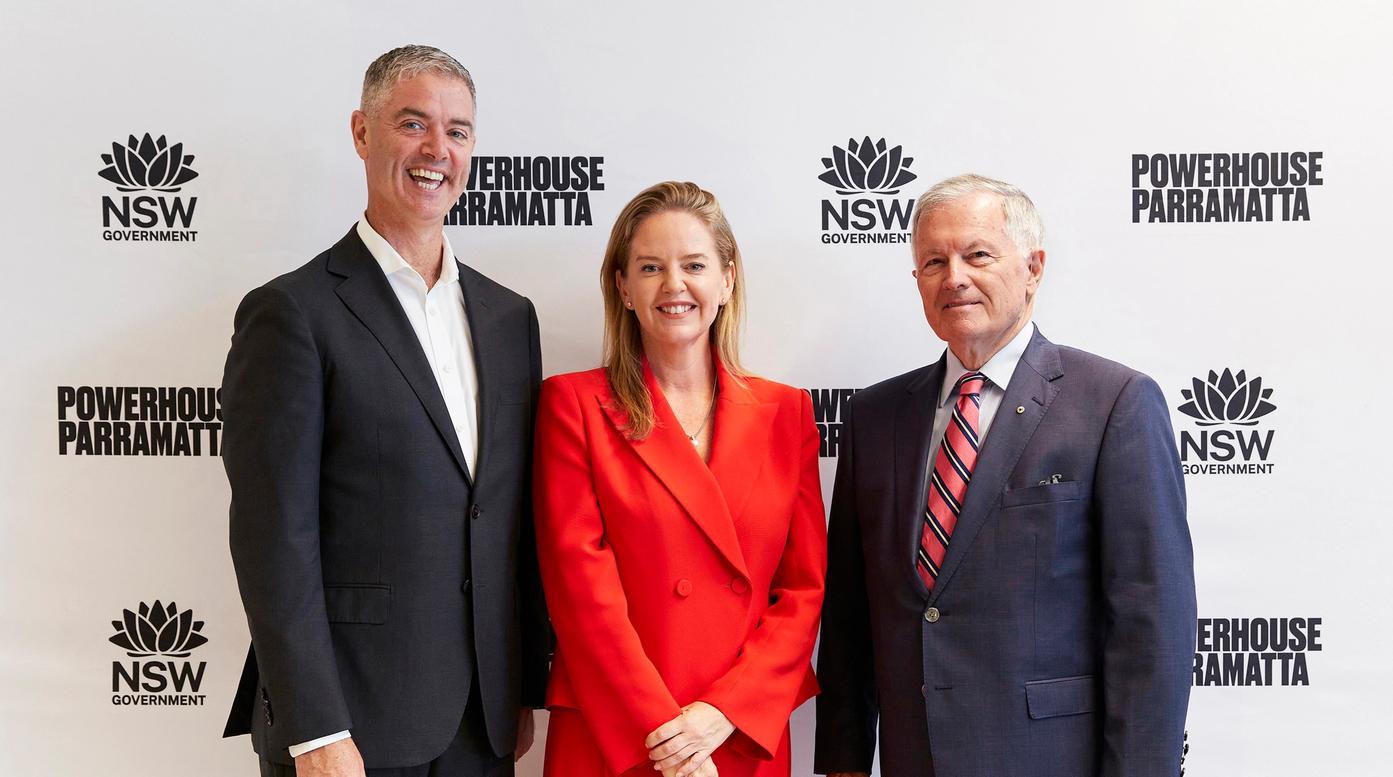
ING Australia and Powerhouse Parramatta's $4M Community and Wellbeing Partnership
17 February 2024
View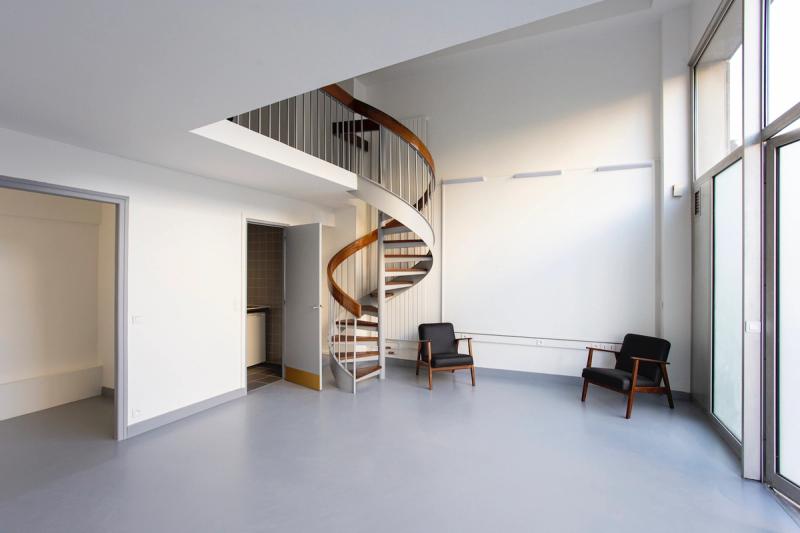
Powerhouse Parramatta And Cité Iiternationale des arts, announce galang residency 2024.
11 January 2024
ViewAll Media Releases
Filming and Photography Enquiries
Filming at Sydney Observatory, Powerhouse Castle Hill or the Museums Discovery Centre requires prior written approval from the Powerhouse before it can take place. This includes exterior and interior locations.
To request to film at any of the Powerhouse Museum’s locations, submit a request using the Filming and Photography enquiries form below. Please contact us with at least 48 hours’ notice. Please note that these requests will incur a fee.













